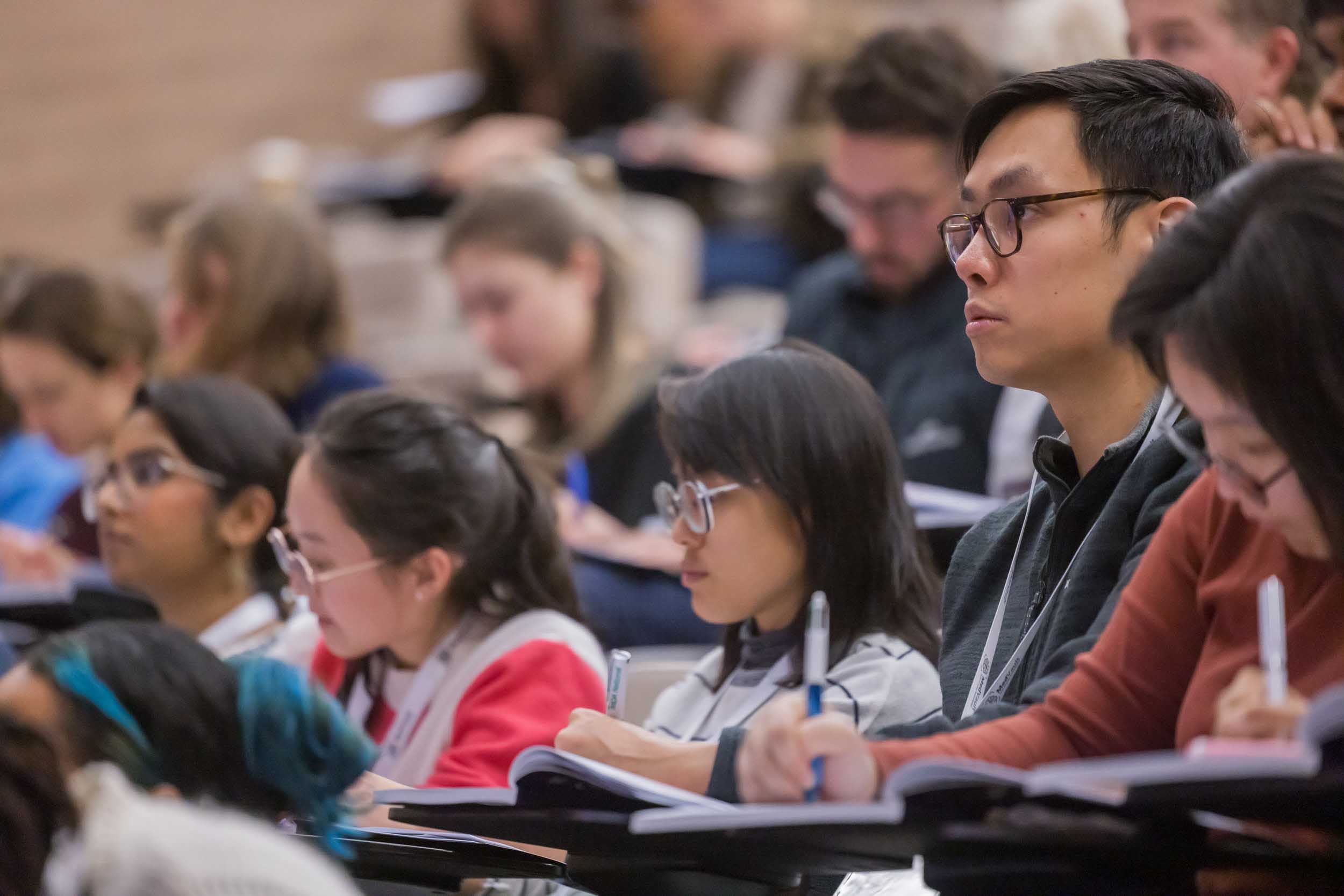

News

President’s Blog: Medical student numbers — are we ready to talk?
Friday October 18, 2024
Medical workforce is a hot topic – in fact, I believe it should be the hottest topic. Our medical workforce shortage underlies the very real threat to universal access to proper medical care posed by role substitution and non-medically led models of healthcare.
This is, in effect, an existential threat to medicine – perhaps not to our profession entirely, but to the role that we play as the most appropriately accountable group for patient outcomes.
Put simply, and at the risk of sounding repetitive, if the medical profession can’t cater to the public’s needs, governments will have no choice but to take away our exclusive licence to operate in many domains and create inferior substitutes. Standards of healthcare will diminish overall, and care will become increasingly two-tiered, whereby the disadvantaged will receive non-medical care, while the more privileged will receive medical care.
The topic of medical student numbers is contentious, for some valid reasons. Increasing student numbers could put even more pressure on students and doctors in training with respect to internships and future training opportunities. There remains some debate around overall numbers versus workforce distribution (although the fact that we don’t have enough doctors in Australia seems pretty clear). Practical training opportunities for medical students are already stretched.
The argument is also made that medical student numbers should not be increased until the training pipeline is “fixed.” Call me pessimistic, but I can’t see that happening any time soon. Indeed, there are plenty of unfilled training places available right now in the crucial specialty of general practice. Should they remain unfilled long-term, what will happen? More alternative models of care, more non-medical prescribing, and a continued fragmentation and diminution in the quality of healthcare. That’s a bigger threat to the future prospects of our medical students than the availability of training places.

